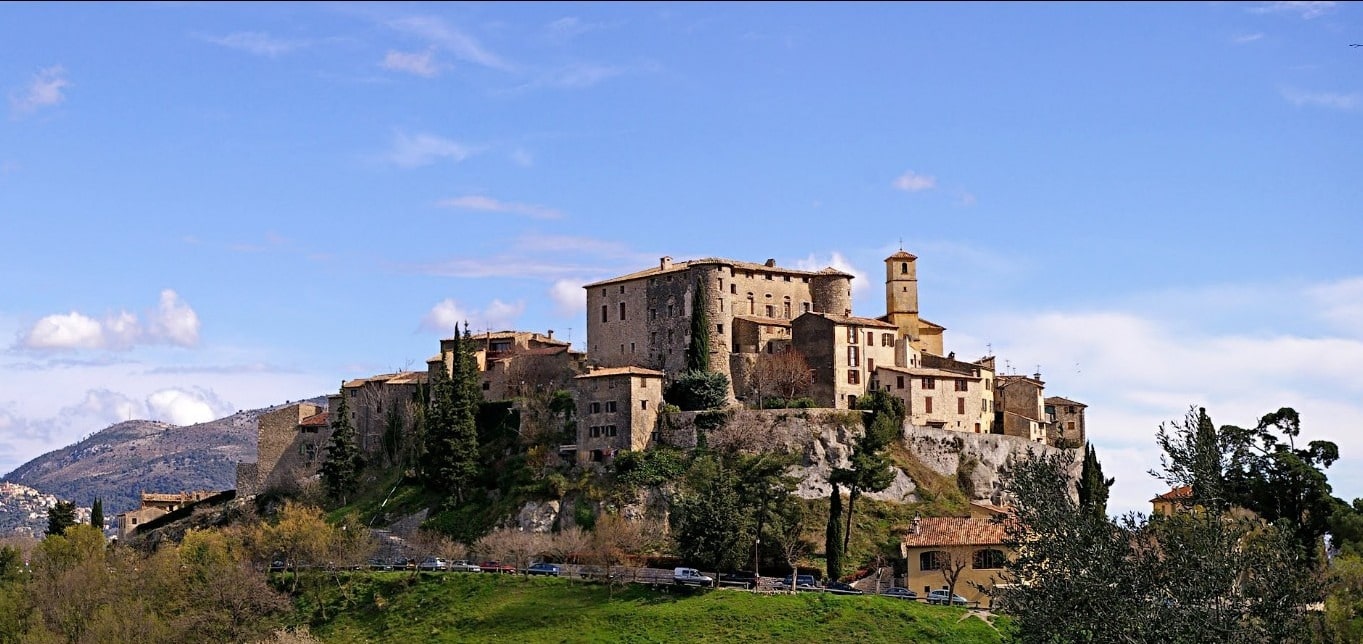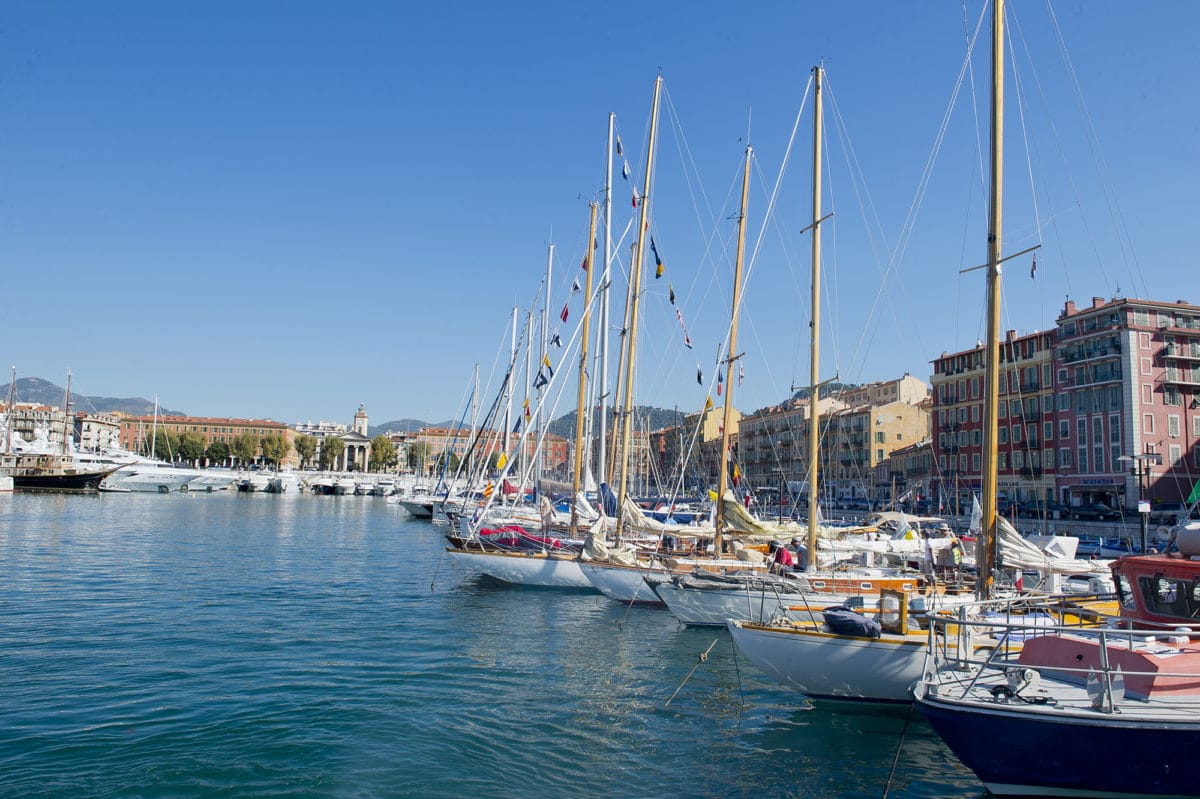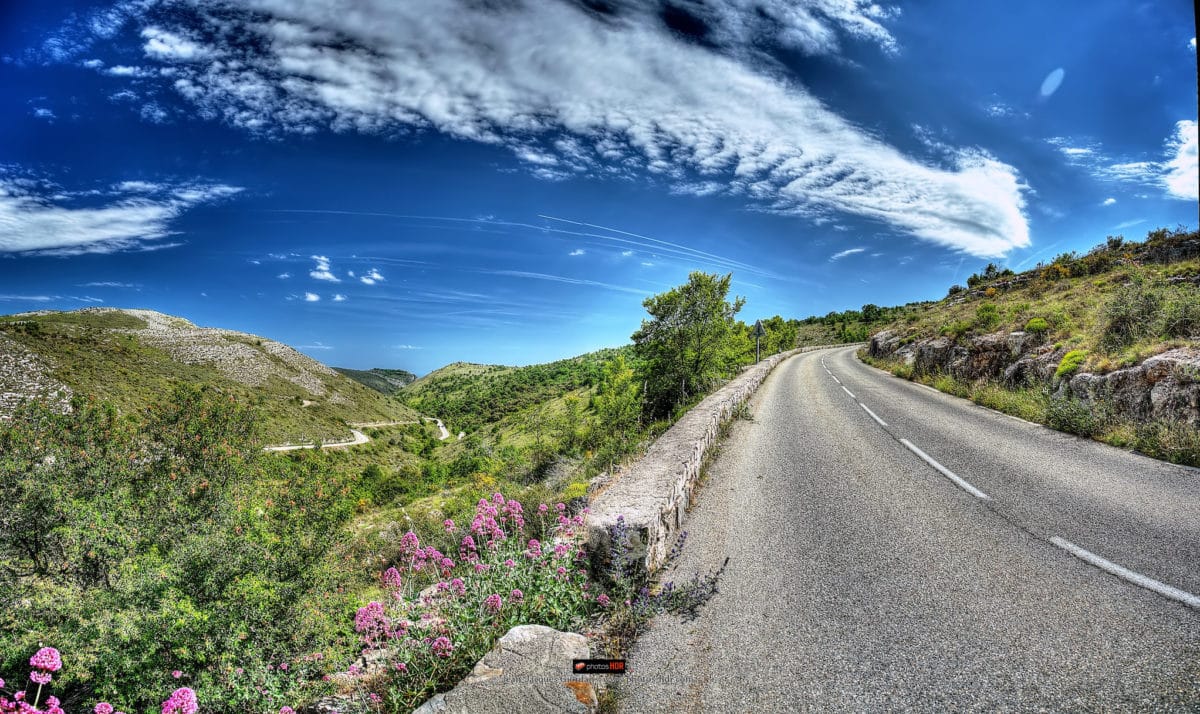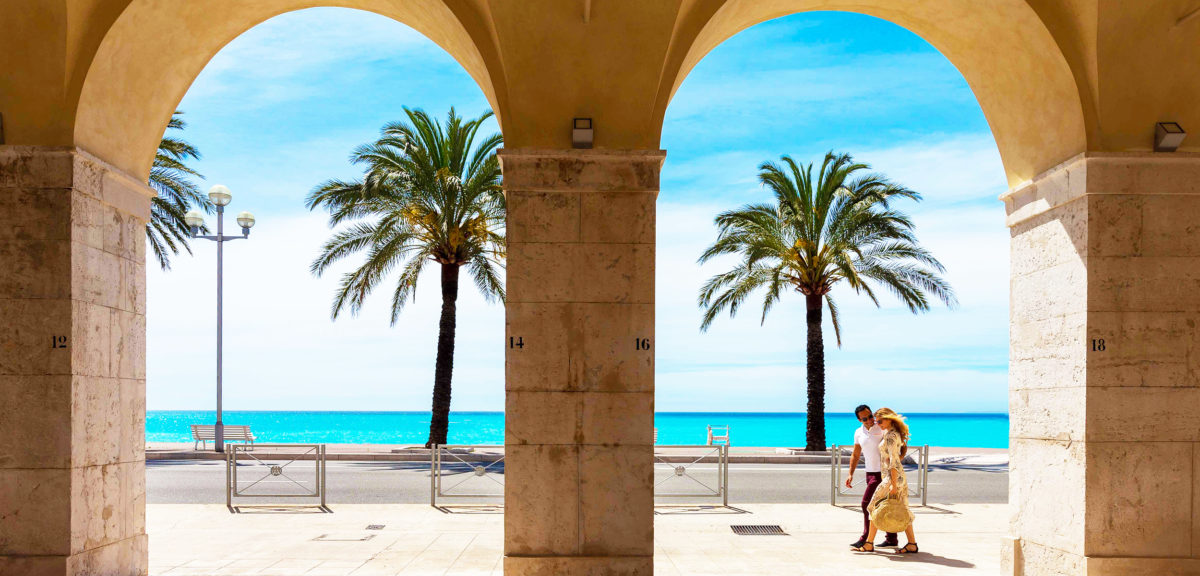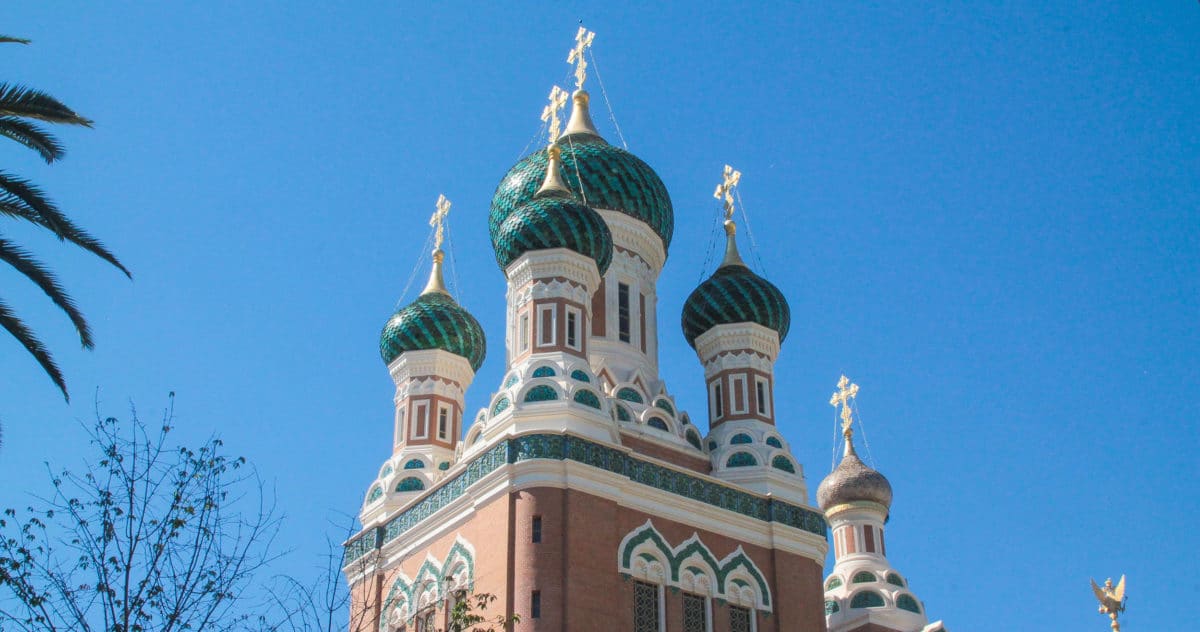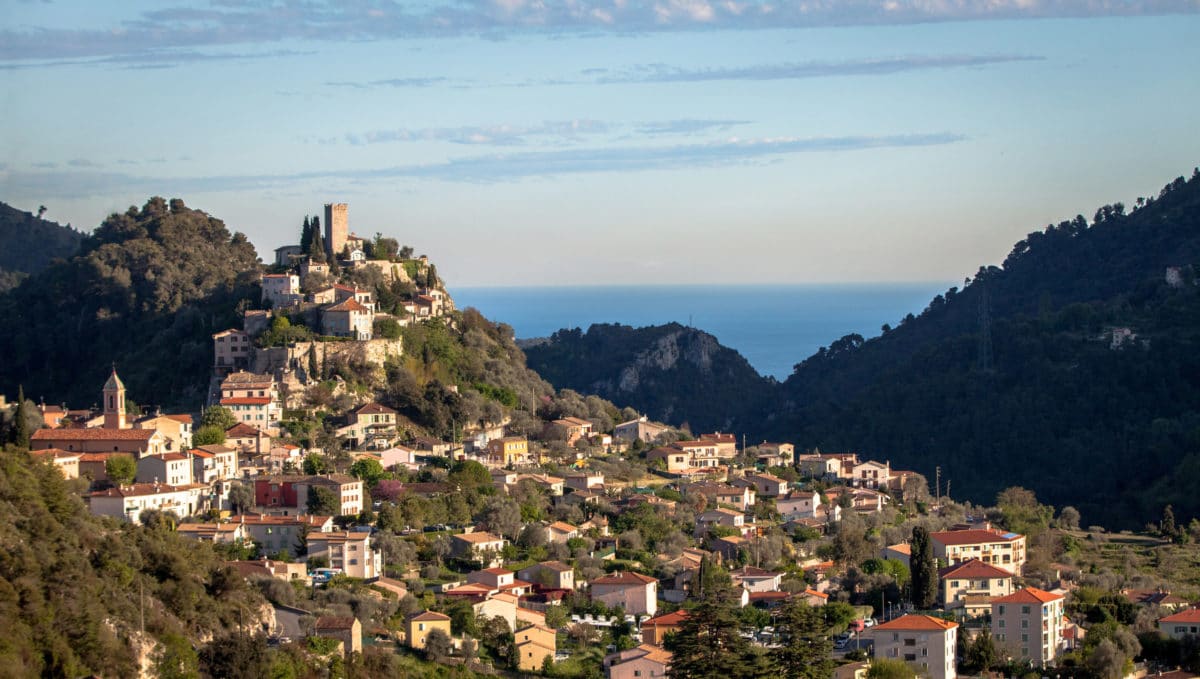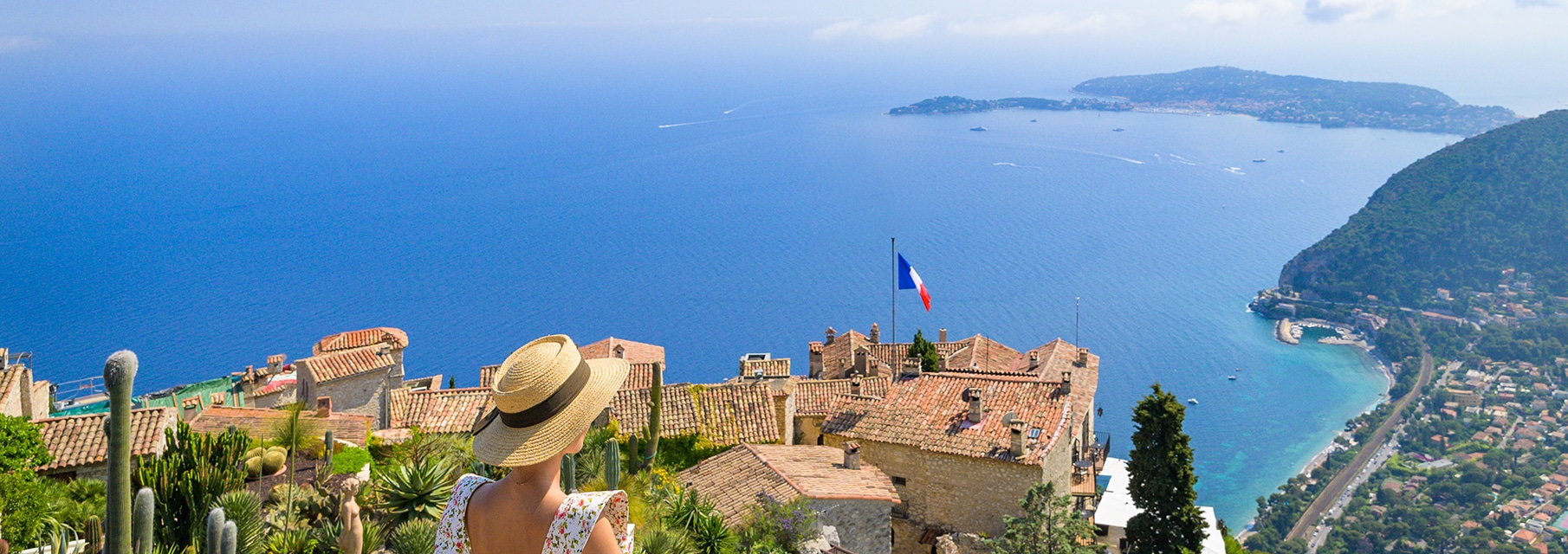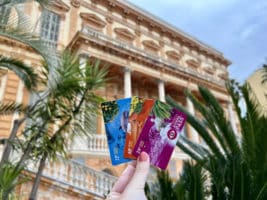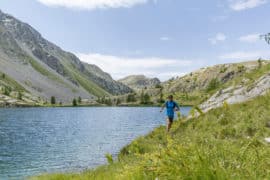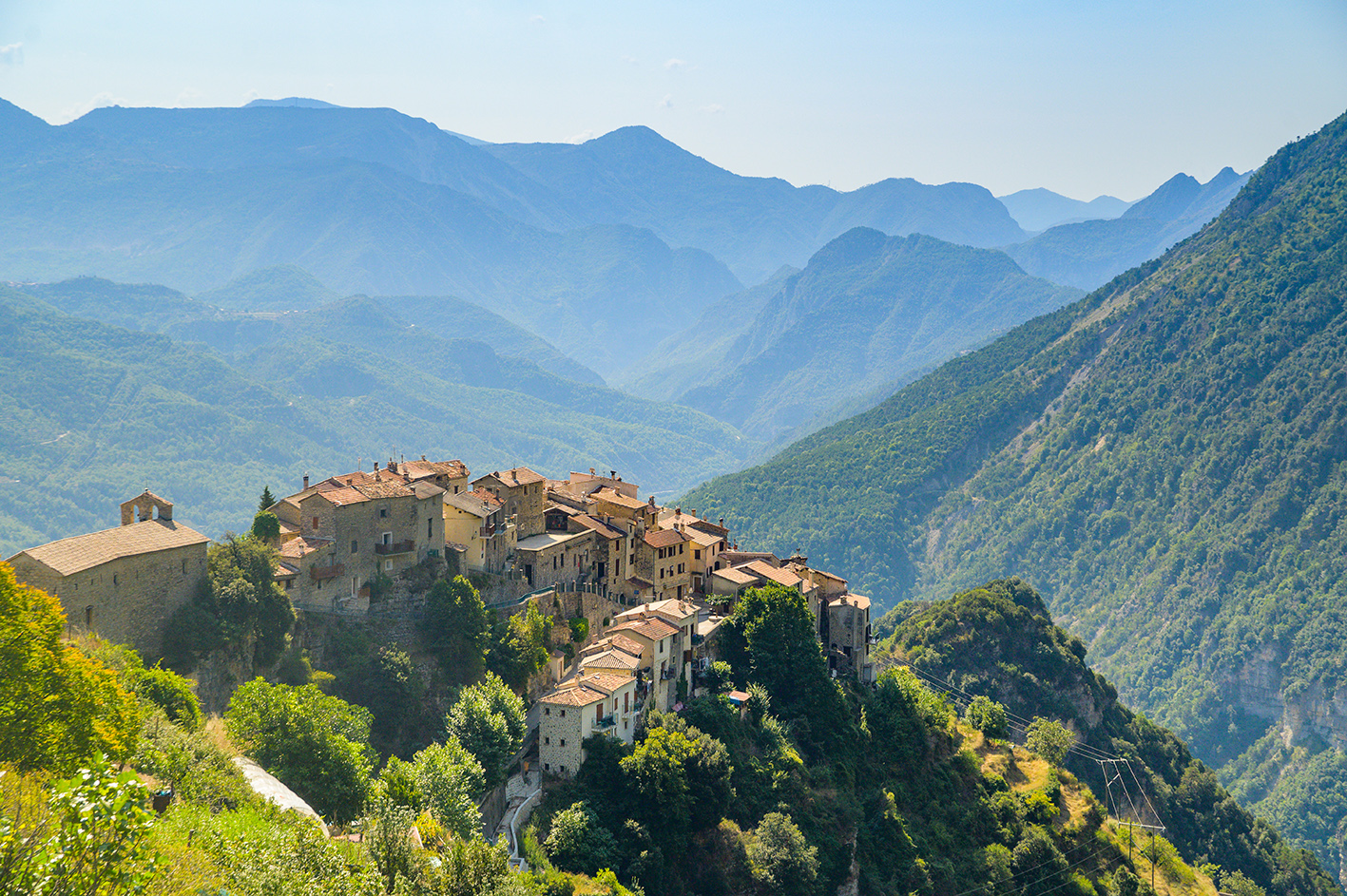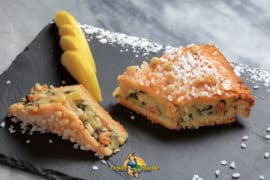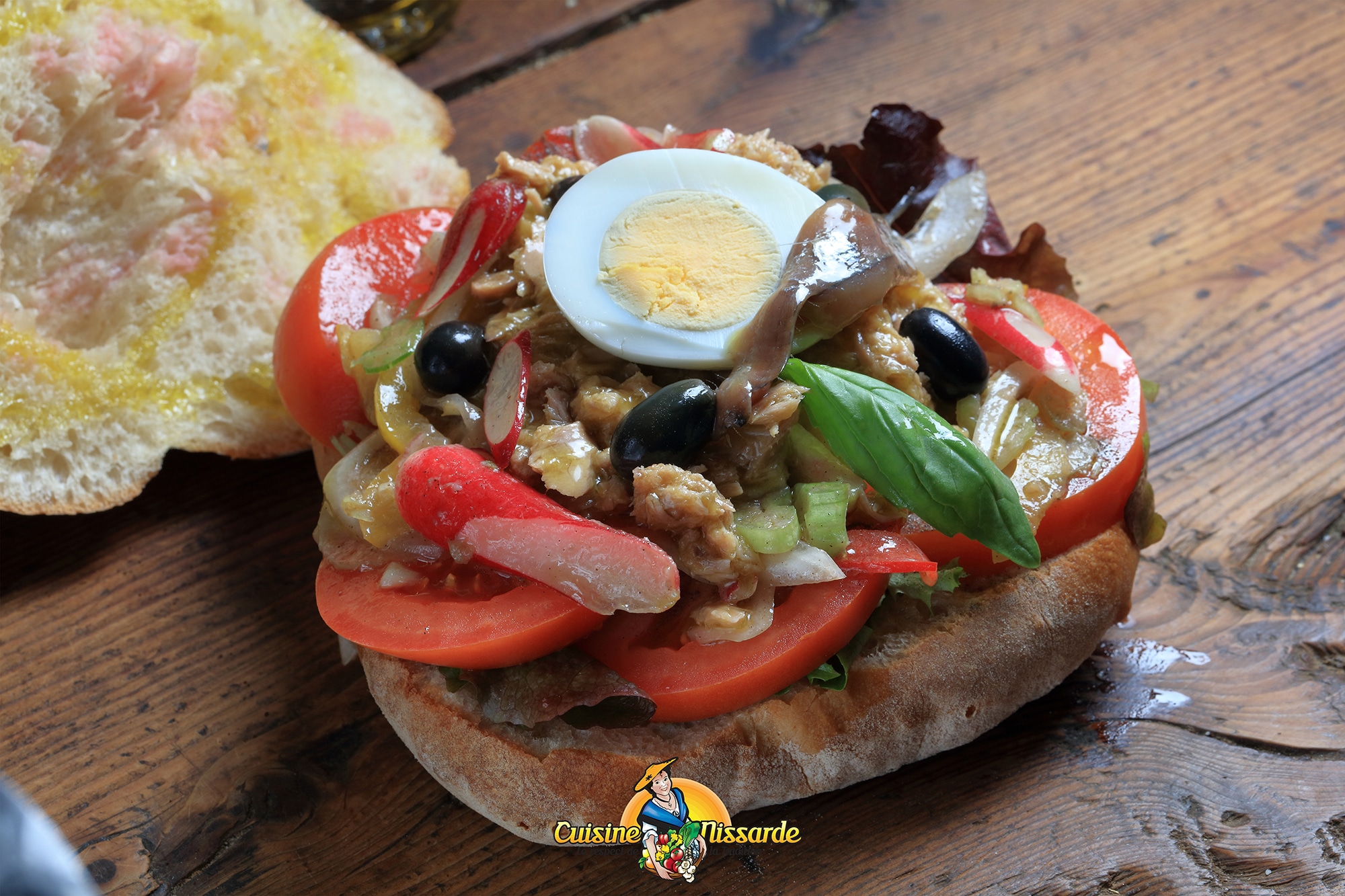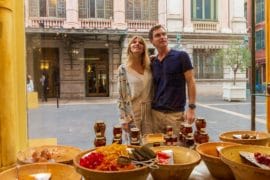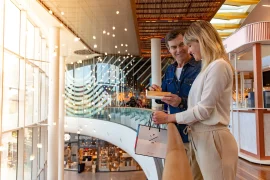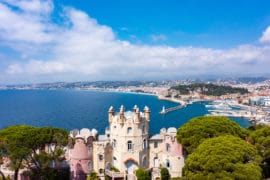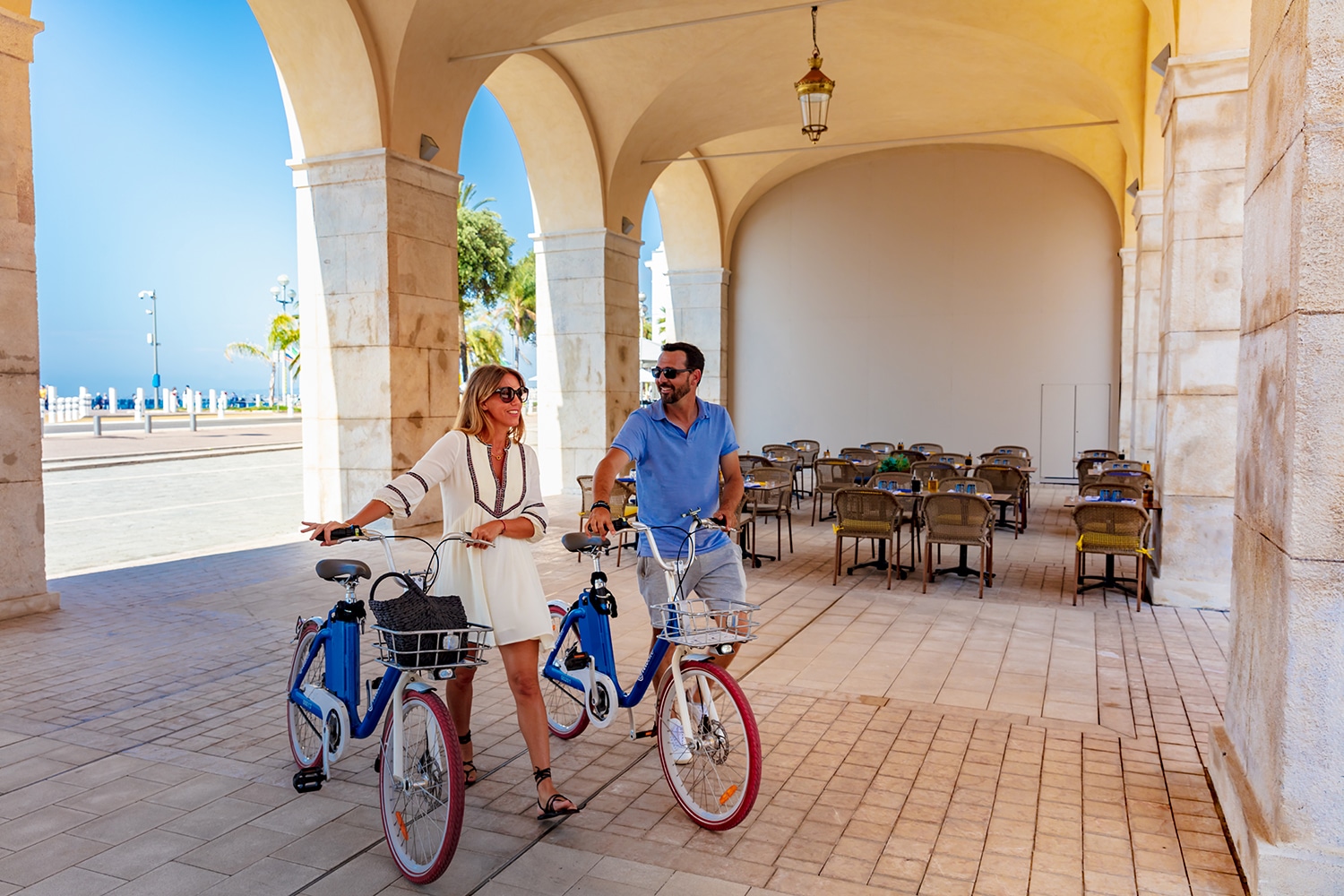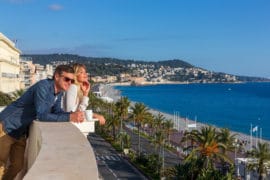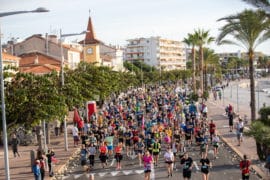Carros, a perched village with unexpected charms
1 September 2023
Carros, this small piece of land wedged between the high Alpine peaks and the Mediterranean Sea, is full of wonders and surprises. Whether we are in love with thousand-year-old stories, Provencal legends, green nature or art, Carros has many attractions that will seduce most of us.
Nestled at the top of a narrow “Roc”, the medieval village, visible from the Var plain, presents itself to visitors as an invitation to travel. One would not think, as we walk along the river, that there is so much to discover. And yet there is… Let’s plunge together into the heart of this little-known territory…
1 – Carros, ten thousand years of history still visible today
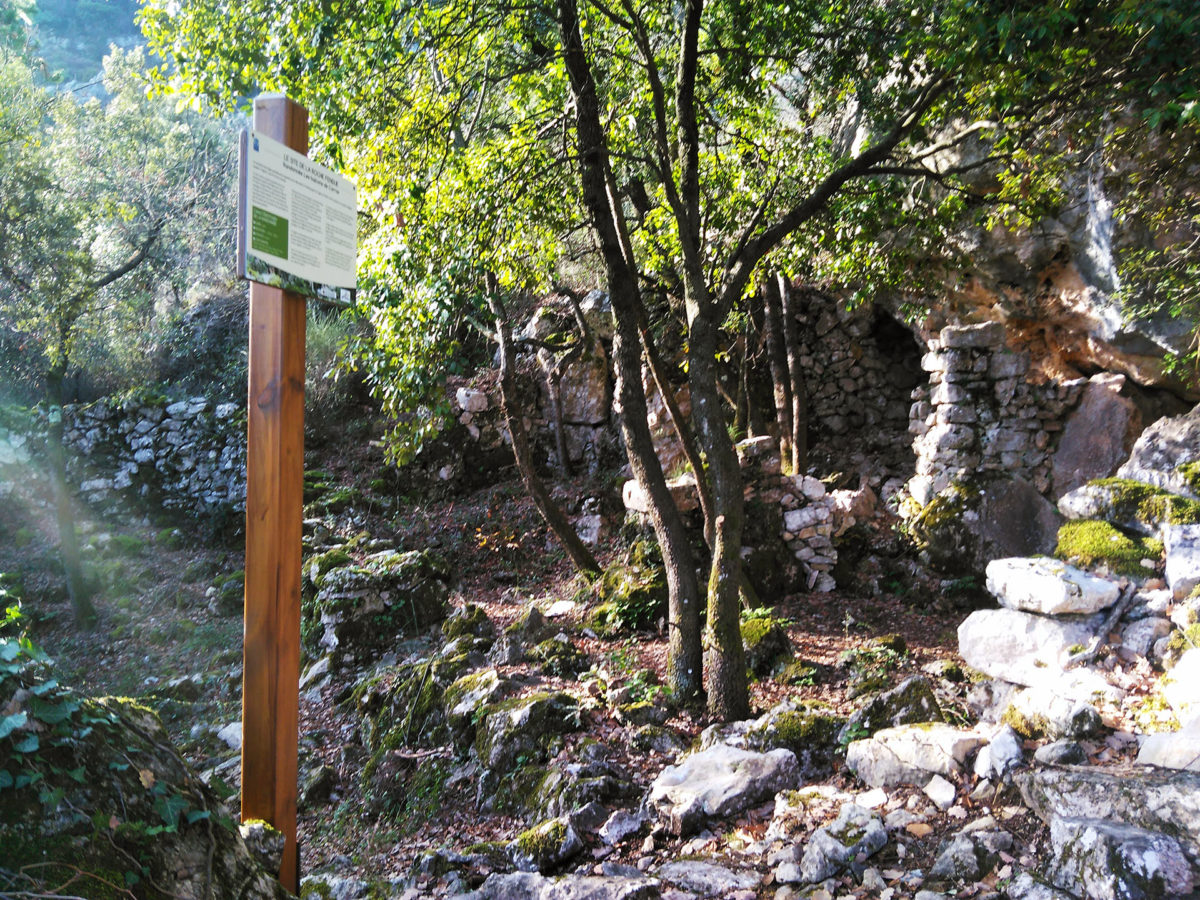
Traces of the first inhabitants of the Neolithic era can still be seen in the Carrossois forests, in particular that of the “Roche Fendue” which was part of the Ligurian enclosures and which dates from the 6th century BC. To reach it, a short walk of about twenty minutes is sufficient, following the direction of the “Canal de la Gravière” (photo opposite).
Another Neolithic site, known as “Laurume”, is located in a foothill bordered by rocky ridges to the south and a large basin to the west. It is a pre-Roman Ligurian camp built during the 4th century BC, and was mainly used as a refuge in case of an attack, even if some men lived there all year round to pursue their agro-pastoral activity.
In the 2nd century BC, a Gallo-Roman village, in the form of a fortified wooden camp, was built on the site of the current village cemetery. Even today, numerous engraved stones can be seen all over the territory of Carros. An old quarry, at the place called La Clapière, can be seen on Route Jean Natal where various menhirs have been preserved.
In medieval times
Later, the Middle Ages were established in Europe, following a period of nearly 1,000 years that marked the fall of the Western Roman Empire. The Kingdom of France came into being, and in 1156, the castle of Carros was built by Lord Rostaing to guard the border between the Kingdom of France and the county of Piedmont-Sardinia, a border located on the current bed of the river Var. The management of the castle changed less than fifty years later, passing into the hands of the De Blacas family, who remained lords of Carros until the Revolution, more than 600 years later.
From the 12th century onwards, the peasants living in the area came to settle down and build large houses around the castle, which formed the present village. Built on a single rock, and due to a lack of space, the houses would stick together to form narrow streets and a wall around the castle, forming almost impenetrable ramparts. Life around the castle remained unchanged until 1789, when the lords left the place, seeing with a worried eye the popular rumour swelling everywhere in France on the eve of the Revolution.
It is very interesting today to immerse oneself in these narrow streets, containing a thousand secrets from the medieval period. In addition, a visit to the castle allows us to immerse ourselves in the splendid life of the lords, showing us many vestiges of this past time, such as the decorated fireplaces or the painted ceilings.
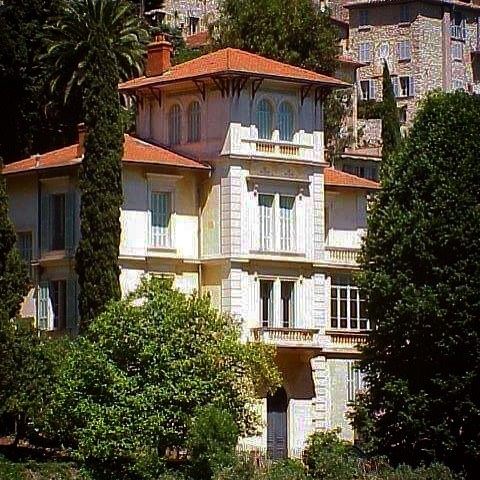
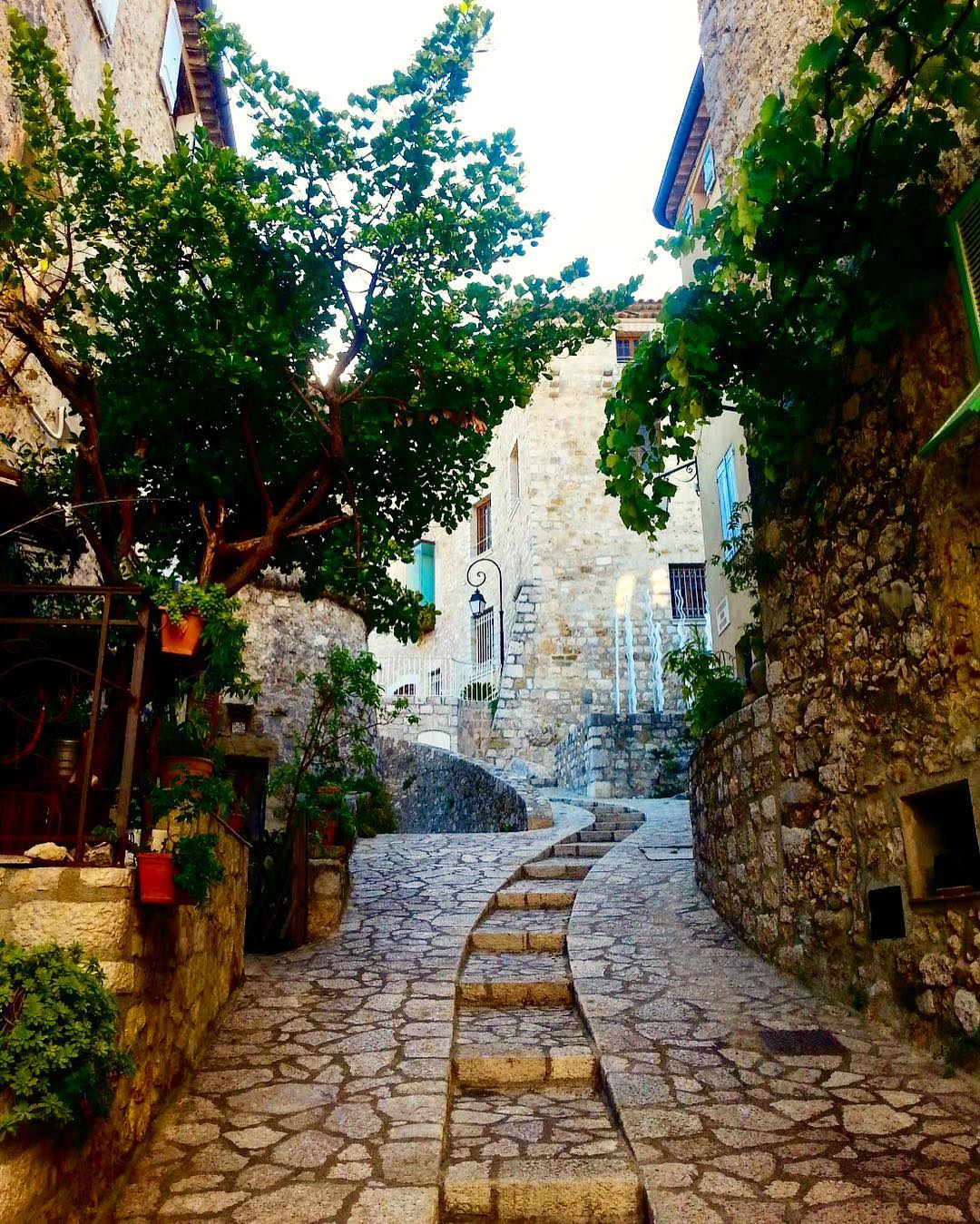

Did you know?
The most important Roman road in the current Alpes-Maritimes department passed through Carros. Built in the first century A.D., it was the only road in the department that could be driven on, starting from the port of Antea (Antibes) and linking Le Broc, passing through Vence. Today, only a small portion of five kilometres remains in its original state. However, the road has been closed to motorised vehicles since 2018 for safety reasons, but it is perfectly possible to get there on foot. Just take the Jean Natal road to the end, where you will find the dirt road that will take you to Saint-Jeannet.
2 – Carros, nature is king
It is not difficult to understand that here, in Carros, nature has its place. Between the pine forests, the dark valleys and the various gardens, the walker will be able to easily pass from one setting to another, while discovering the essences and scents so typical of the Mediterranean.
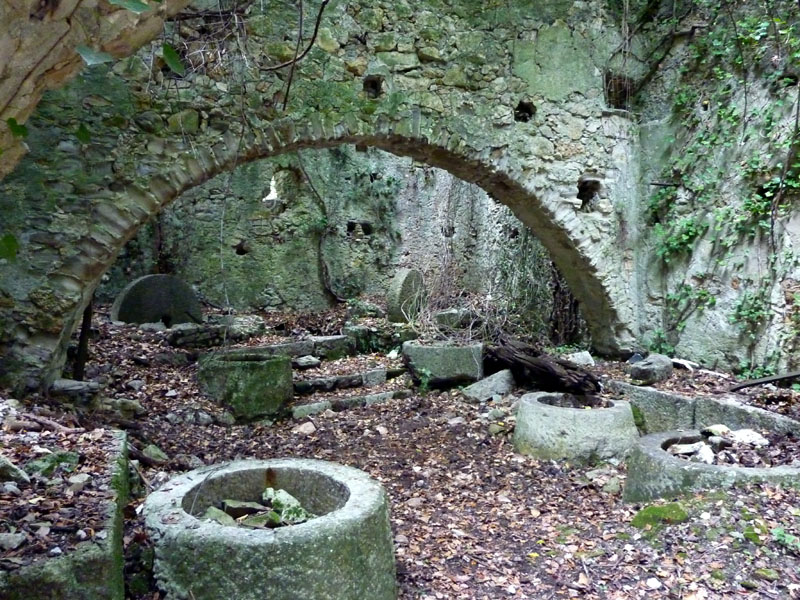
A first place of curiosity is to be discovered, at the site of the “Pont de la Lune”. Located below the village of Carros, this place is what is called here a “dark valley”. Indeed, the sun’s rays have a hard time penetrating the thick layer of trees that never lose their leaves, in summer or in winter. In addition, the topography of the area preserves the humidity, thus favouring the growth of certain plant species and preserving the life of animals that are rare to see in a natural area, such as the spotted salamander or certain species of tree frog (Good to know: nature discovery panels are installed on part of the path, providing all the answers on the life of the Mediterranean forests.
A little bonus: the ruins of an old mill are still visible below the bridge, and natural gas forms at the bottom of some stagnant water basins. Dip a stick gently into them and you will see all the bubbles rise (photo opposite).
A short walk on the “Balcons de Carros”?
If you want to go higher, a second path will lead you to the “Balcons de Carros”. This little path will lead you to discover many hidden treasures, such as the first washhouse of the village, built in the 15th century, from which the spring water of the Foux flows. A little higher up, in a wooded area hidden from view, you will discover the site of the “Roche Fendue”. And finally, after a 300-metre climb, you will reach the top of the hill overlooking the village. From here, the view over the Var plain is remarkable, from the city of Nice and its Mediterranean blue, to the snow of the high peaks of the Mercantour. And with a bit of luck, if you go early in the morning on a clear winter’s day, you will be able to see the Corsican mountains!
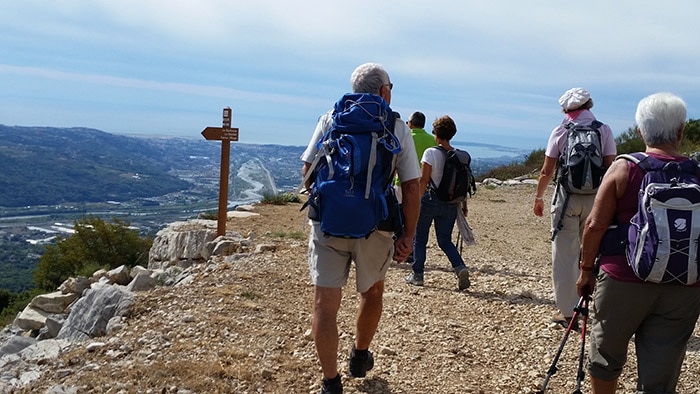
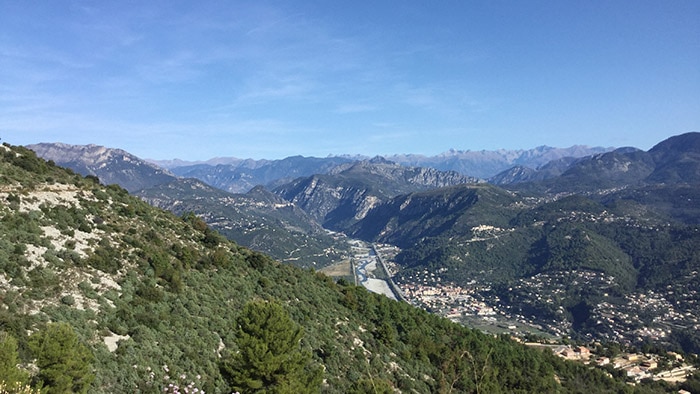
3 – Carros, town of arts and culture
Artists have always been present on the Côte d’Azur, it is well known, attracted by a luminosity and colours that can be seen nowhere else. And Carros is no exception to the rule.
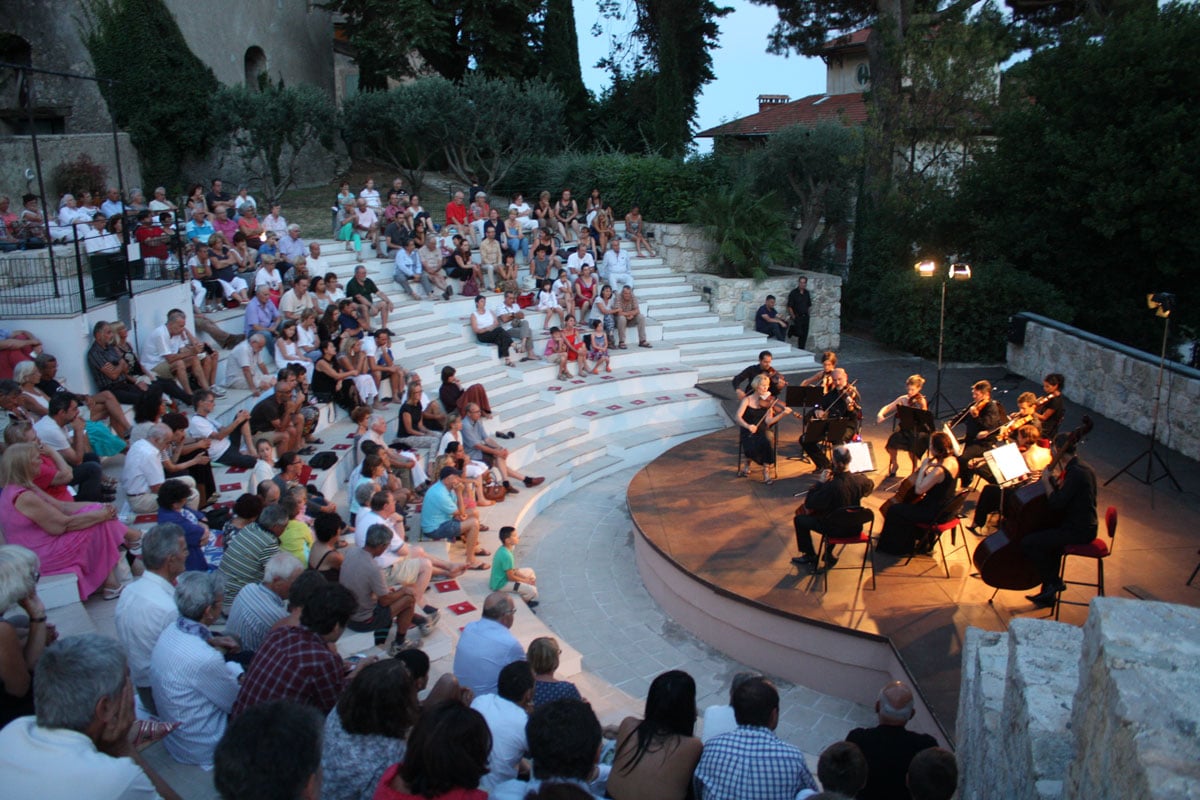
In the 1910s, Octave Denis Victor Guillonnet (also known as ODV), official painter of the 3rd Republic, settled in Carros every summer until his death in 1967. A painter of sports and a great decorator of the National Palaces, he produced his greatest works in the old forge of the Château, which became his studio, such as the posters for the Olympic Games in Paris in 1924.
Carros has always kept its artistic soul. This is why, in 1998, an International Centre for Contemporary Art was installed in the Château de Carros. A permanent exhibition on the painter ODV Guillonnet is on display in a room on the ground floor, and several temporary exhibitions can be seen throughout the year.
It is also not unusual to come across an open-air work of art, such as the blue pyramids of the artist Marc Da Costa, or the painted stones of Daniel Fillod, at the bend in a path or road.
Culture is not forgotten in Carros. Numerous festivals are held throughout the year, such as the now unmissable “Nuits de la Villa” in the summer, bringing together numerous artists in the amphitheatre of the Villa Barbary, for evenings of entertainment (theatre, concert, opera, circus, etc.); Jacques a Dit, in the autumn, where the spoken word takes place throughout the town and where the alleys and squares are transformed into a theatre for a weekend…
4 – Carros, the era of religious heritage
Built between 1752 and 1755, the chapel of the White Penitents is typical of the buildings of this brotherhood, with a symmetrical façade and a gable. The niches housed statues of saints. After the Revolution, the chapel became a village house. The altar and the reliquary bust of Saint Claude were transferred to the village church.
In the Plans district, the Notre-Dame-des-Selves chapel holds many secrets. According to the latest archaeological investigations, the site has been occupied since antiquity. The parish church was built in two stages, in the 11th and 12th centuries. This construction may represent one of the oldest religious centres in the Alpes-Maritimes. The church underwent numerous transformations and took the form of the present chapel at the end of the 17th century.
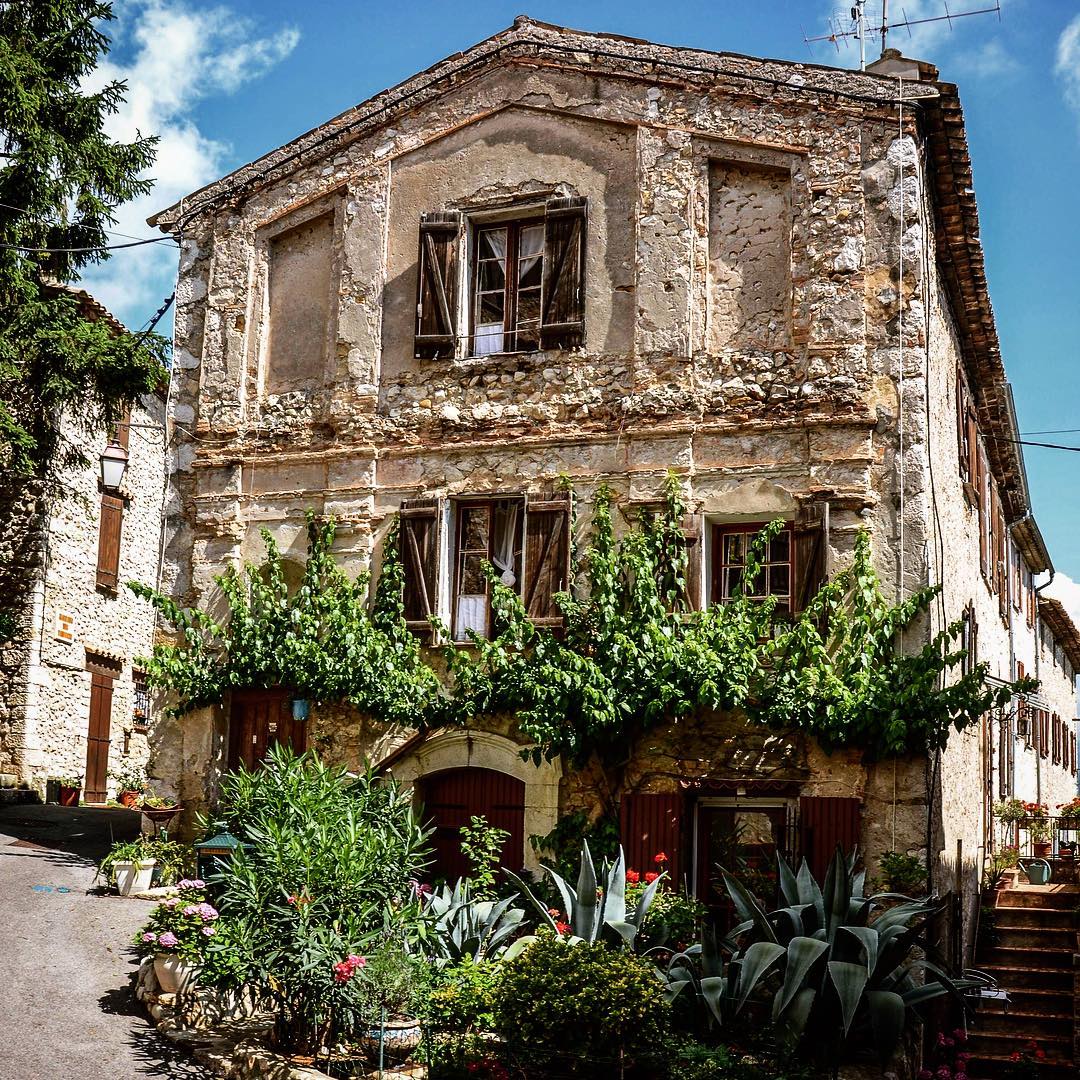
instagram@Carros_tourisme
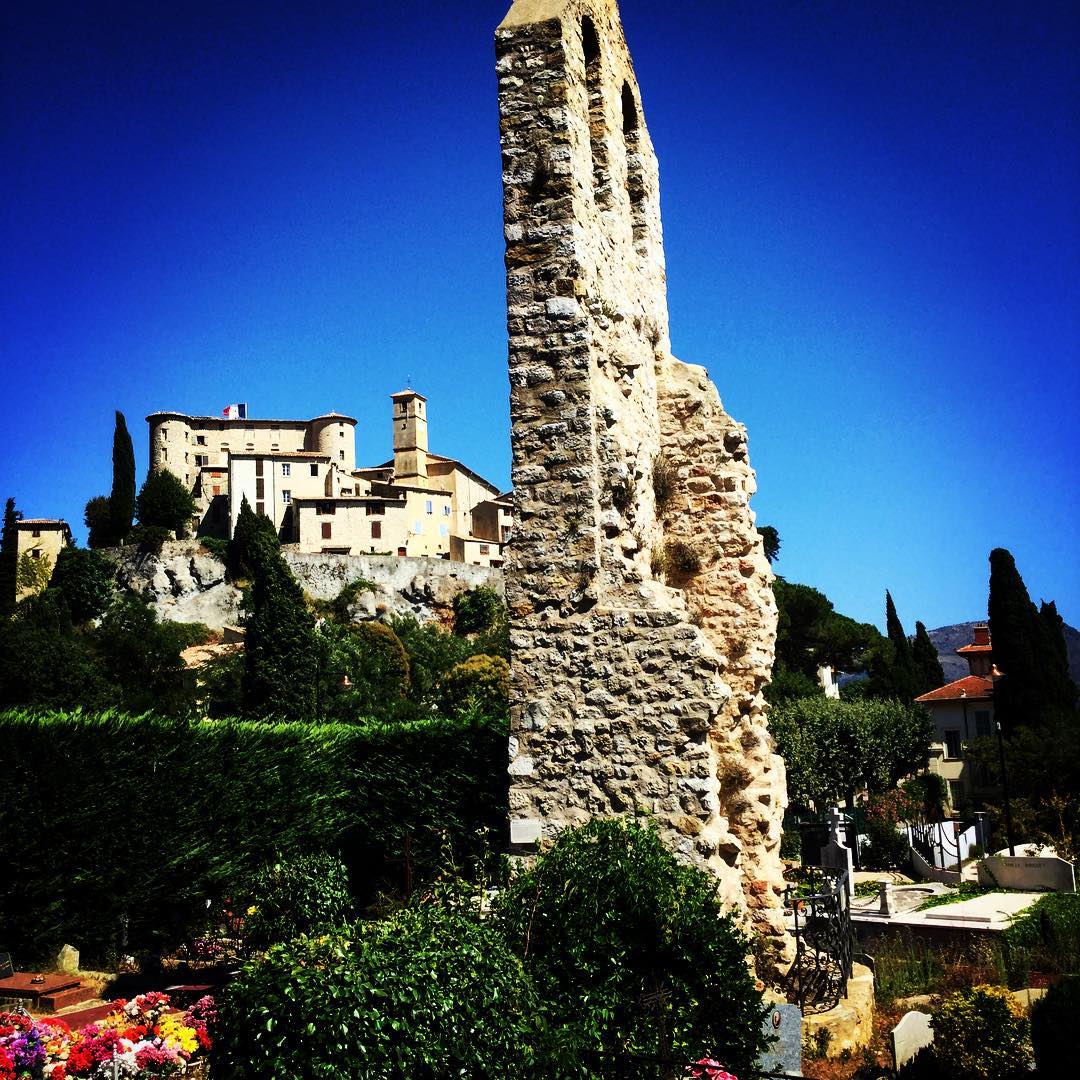
instagram@Carros_tourisme
Built in the 12th century, the chapel of the Château underwent, in 1664, extensive construction and enlargement work to become the Church of Saint-Claude. In 1673, the parish was officially transferred from the Notre-Dame-de-Cola church to the present church. The building was enlarged again in 1857 and acquired by the municipality in 1905. Legend has it that Lord Claude de Blacas, being very lazy, no longer wanted to walk down the few dozen metres separating the castle from the church of Notre-Dame-de-Cola, and had his chapel enlarged by installing a “secret corridor” passing through the bell tower in order to link his castle to the church…
The Carmelite monastery
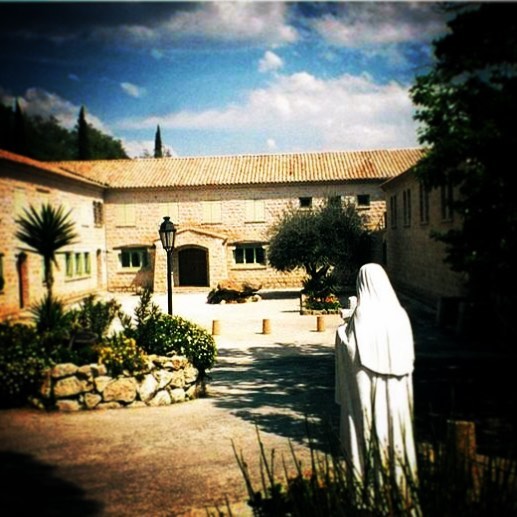
Carros being a place conducive to calm and meditation, a Carmelite monastery was inaugurated on 18 April 1971. The building, composed of three bodies forming a U shape, extends in a natural and green setting offering a splendid view of the sea and the mountains.
The community is composed of sisters whose life is divided between prayer and work. It goes back to the Carmelite order of Narbonne, founded in 1620, dispersed during the French Revolution and restored in 1866. After an exile in Spain, it was transferred to Grasse in 1936. Thirty years later, the buildings were too small and had to be transferred again to Carros, where the greenery and silence were more conducive to Carmelite life.
The monastery is placed under the patronage of Saint Joseph and Saint Theresa of the Child Jesus. It is not possible to visit the monastery, but the faithful and believers will be able to take part in masses and celebrations alongside the nuns. Be careful, however, as the Carmelite order imposes the separation of religious from civil life, you will not be able to talk to them, and a barrier will separate the monastery part from the public part.
I hope I have succeeded in convincing you of the tourist interest of this old village, which is also a listed historical site. Visit it at your own pace, wander through its narrow streets decorated with flowers by the locals and look upwards. Treat yourself to a visit to the International Centre for Contemporary Art housed in the castle. And if you want advice, information about the village or brochures, call in to the tourist information office at the entrance to the village.
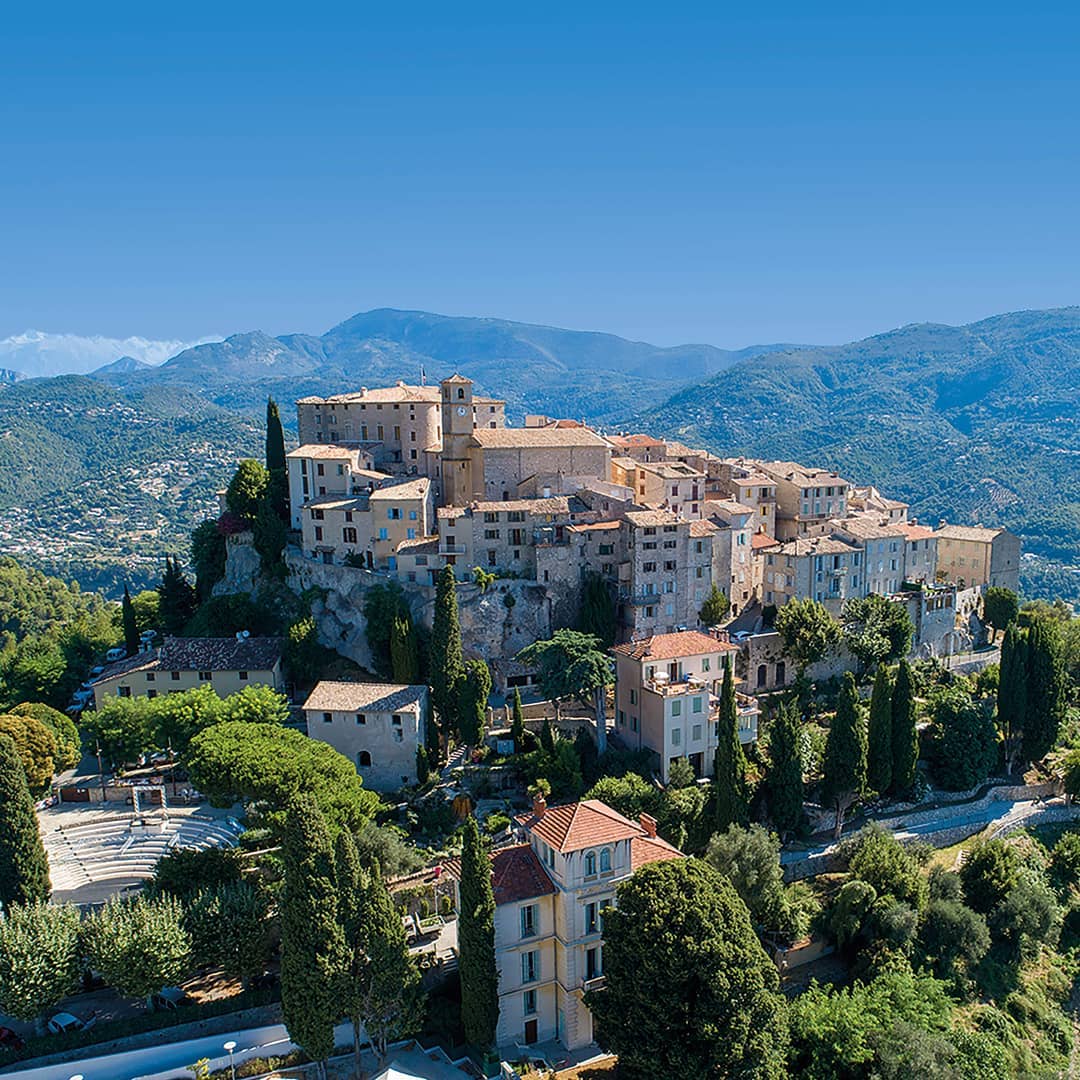
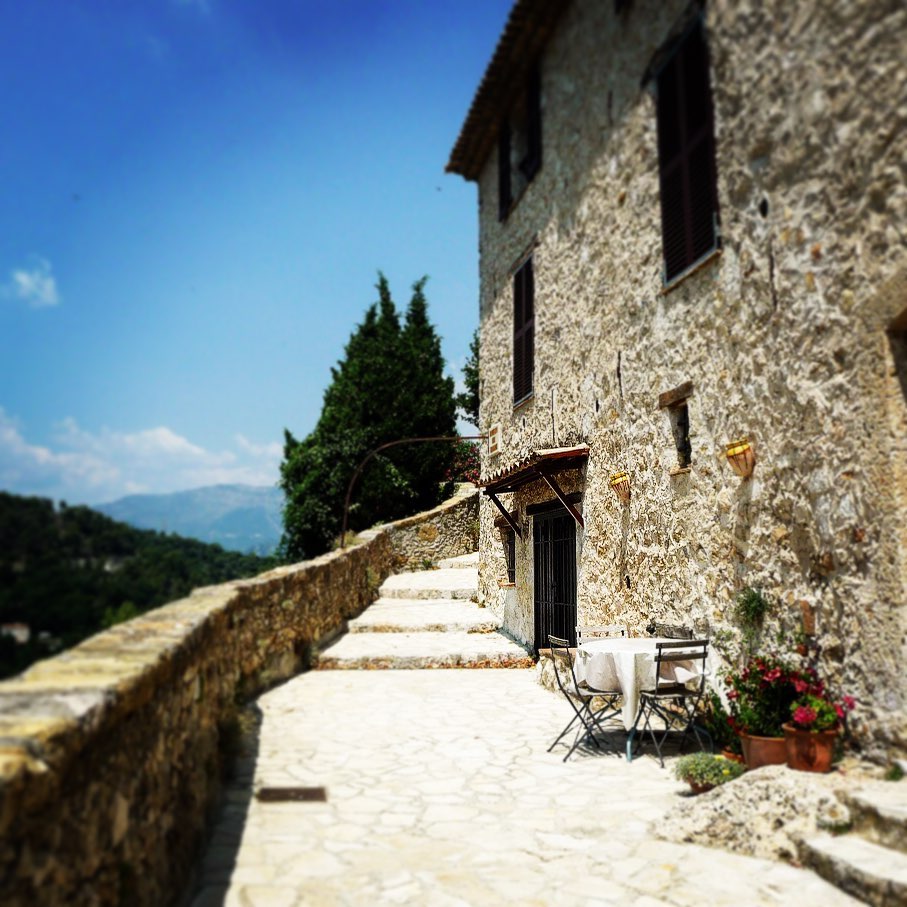
@Carros_tourisme
Enjoy your visit!


